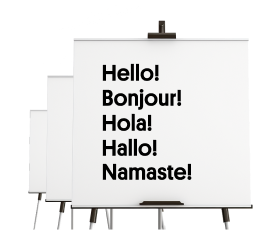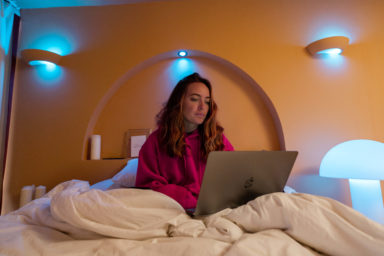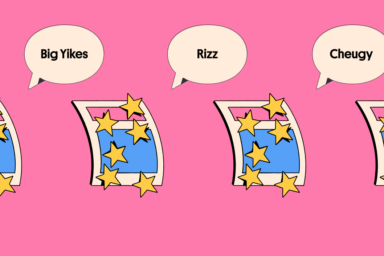Arabic has 28 letters — each with a distinct shape and sound.
Use color-coded charts to group similar letters
Watch videos that show how each letter is written and pronounced
Try interactive tracing apps to build muscle memory
Arabic for beginners.

Arabic has 28 letters — each with a distinct shape and sound.
Use color-coded charts to group similar letters
Watch videos that show how each letter is written and pronounced
Try interactive tracing apps to build muscle memory
Flashcards with images (like a picture of an apple with the Arabic word تفاح)
Apps like Drops or Quizlet with visual prompts
Label items around your house with sticky notes in Arabic
Arabic grammar can feel complex, but visual maps help:
Create spider diagrams for verb patterns, pronouns, sentence structure
Use color to separate masculine/feminine forms or singular/plural
Pick short videos with Arabic audio + Arabic/English subtitles
Pause and screenshot scenes with new vocabulary
Use these stills to create mini flashcard decks
Turn new vocabulary into drawings. For example:
“بيت” (house) → draw a small house with the word inside
Doodles trigger visual memory and emotional connection
Look for simple visual guides explaining tenses, prepositions, and numbers
Pinterest and educational blogs often offer free visuals for beginners
Arabic doesn’t have to be taught through textbooks alone. If you learn best with visuals, lean into that strength — and watch how fast your Arabic improves.



Discover the best language exchange apps to boost fluency fast.

Discover the best language exchange apps to boost fluency fast.

Discover the best language exchange apps to boost fluency fast.

Discover the best language exchange apps to boost fluency fast.

Discover the best language exchange apps to boost fluency fast.